The presence of such massive galaxies lurking in the early Universe contradicts current cosmological models.
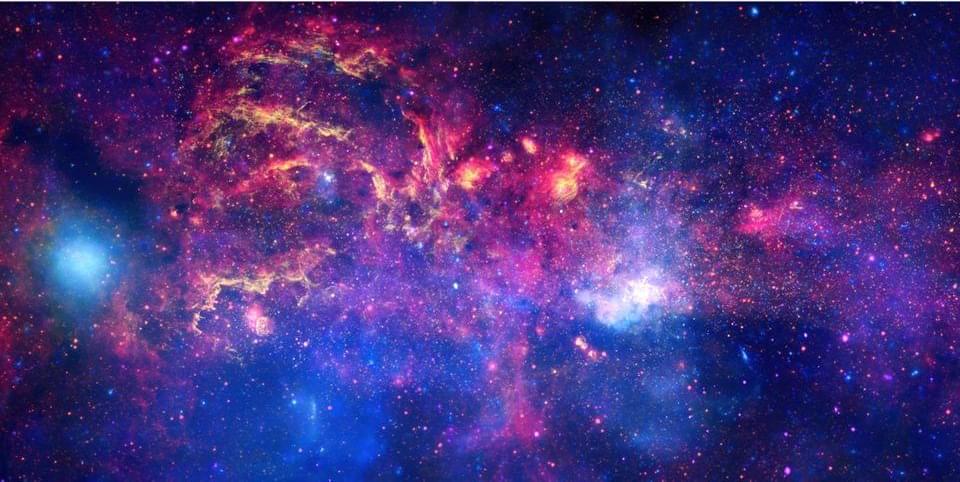

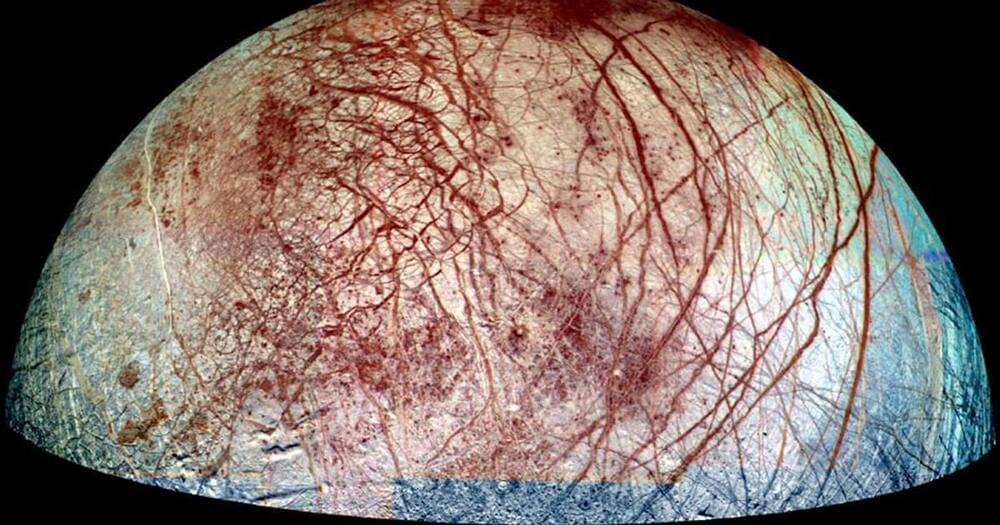



A huge planet that has never been seen by astronomers could be lurking, almost invisibly, at the dark edges of our solar system, some scientists believe.
By 1,846, astronomers had pinpointed all the eight main planets – and have since found several other ’dwarf planets’ including Pluto.
But the search goes on for the mysterious ‘ninth planet’ which is thought to sit far beyond Neptune in our solar system, said space expert Sara Webb.

Scientists want to use quantum mechanics to capture higher-resolution images of the night sky.
For the purposes of astronomy, the two beams are collected by two telescopes that are separated by some distance (called baseline interferometry). But despite its effectiveness, classic interferometry is subject to some limitations. Andrei Nomerotski, an astrophysicist with the BNL and a co-author on the paper, explained to Universe Today via email.
“Interferometry is a way to increase the effective aperture of telescopes and to improve the angular resolution or astrometric precision,” he said. “The main difficulty here is to maintain the stability of this optical path to very high precision, which should be much smaller than the photon wavelength, to preserve the photon’s phase. This limits the practical baselines to a few hundred meters.”
In recent years, scientists have investigated the possibility of using quantum principles to enable next-generation astronomy. The basic idea is that photons could be transferred between observatories without physical connections that are expensive to build and maintain. The key is to take advantage of quantum entanglement, a phenomenon where particles interact and share the same quantum state — despite being separated by considered distance.

TOKYO (AP) — A Japanese startup announced plans Tuesday to launch commercial space viewing balloon flights that it hopes will bring an otherwise astronomically expensive experience down to Earth.
Company CEO Keisuke Iwaya said passengers do not need to be billionaires, go through intense training or have the language skills needed to fly in a rocket.
“It’s safe, economical and gentle for people,” Iwaya told reporters. “The idea is to make space tourism for everyone.” He said he wants to “democratize space.”
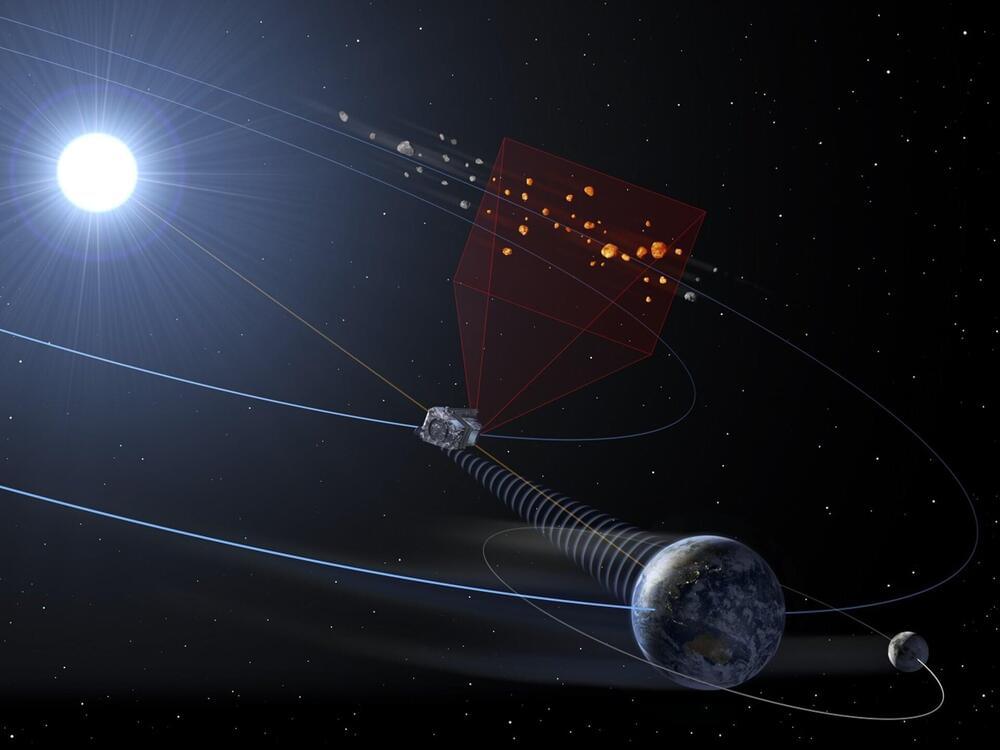
The NEOMIR mission aims to provide advanced warning for asteroids capable of devastating cities.
The European Space Agency (ESA) aims to make the world safer with a spacecraft that can detect asteroids that the sun’s glare would otherwise hide.
The NEOMIR space observatory is designed to give an advanced warning about asteroids in a blindspot caused by intense sunlight.
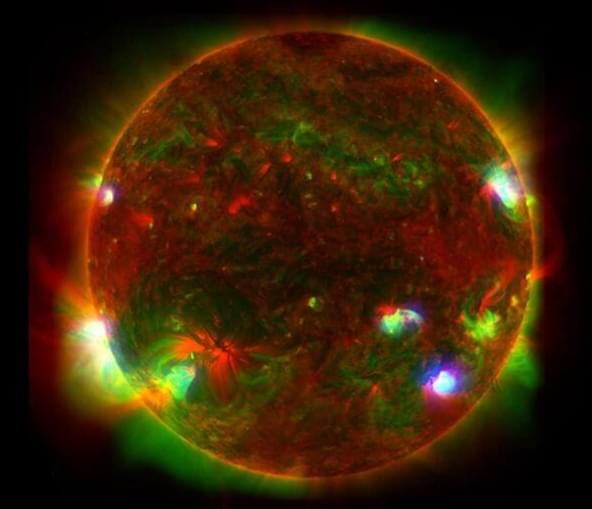
The observation reveals high-energy X-rays that could help solve a mystery regarding the Sun’s corona.
As a new series of NASA observations show, there’s a lot more to sunlight than meets the eye.
This hidden light could help solve a mystery related to our host star’s incredibly hot outer atmosphere, the corona.
NASA / JPL-Caltech / JAXA
New observations by NASA’s Nuclear Spectroscopic Telescope Array (NuSTAR) revealed patterns of high-energy light from the Sun that are not visible to the human eye.
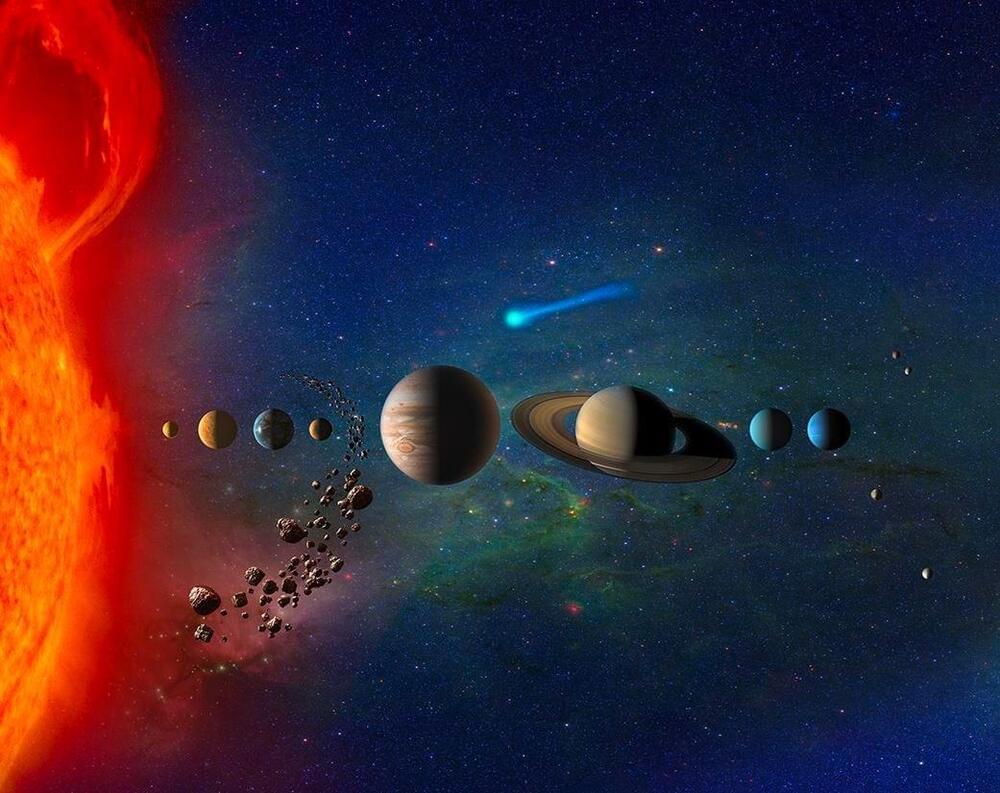
Ever wondered what our solar system might be like with an earthlike planet —- or one even five or six times larger —- orbiting between Mars and Jupiter?
Conventional theory has long held that the gravitational influence of Jupiter would have ripped any terrestrial mass planet to shreds or never allowed it to form there at all. But a new paper just accepted for publication in The Planetary Science Journal argues that a “hypothetical planet” ranging from one to ten earth masses located between the orbits of Mars and Jupiter would wreak havoc on our inner solar system within a timeframe of only a few million years.
There’s been much speculation about whether the solar system could safely harbor an additional planet between Mars and Jupiter where most of our asteroids are located, Stephen Kane, a planetary astrophysicist at the University of California in Riverside and the paper’s lead author, told me via email. This study shows how such a planet would destabilize planetary orbits, he says.